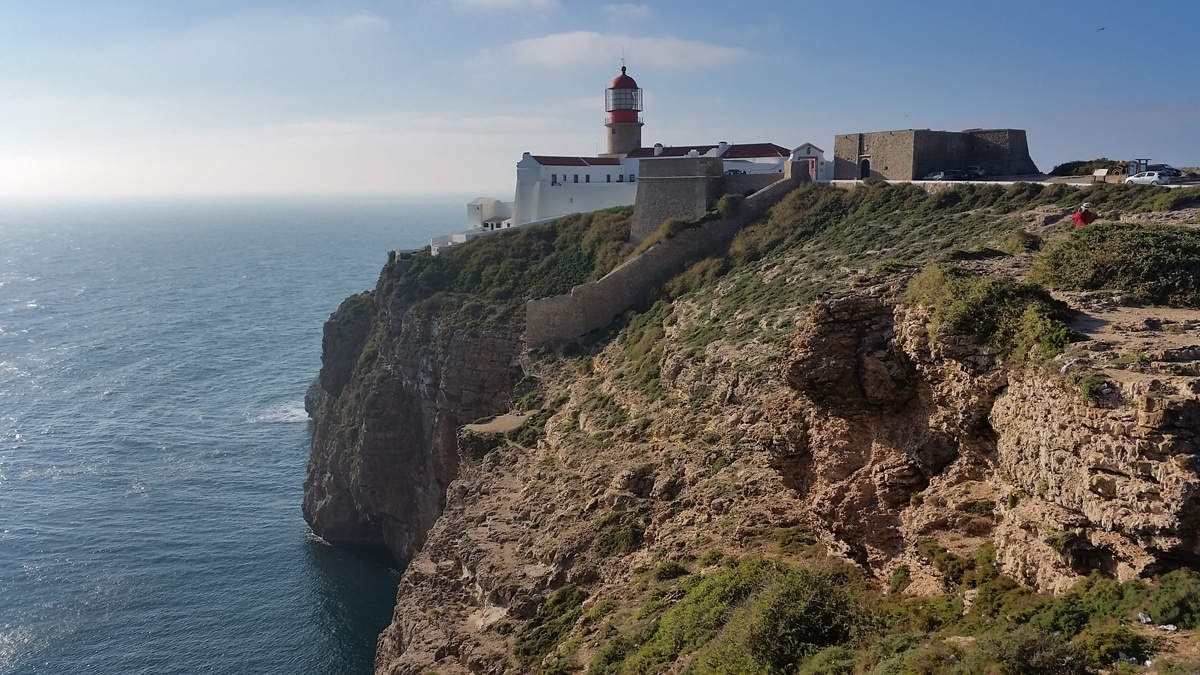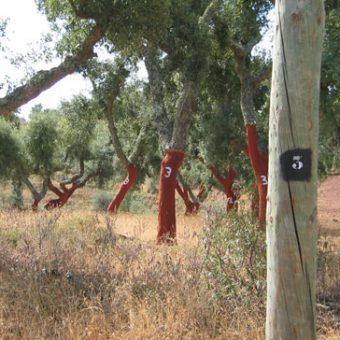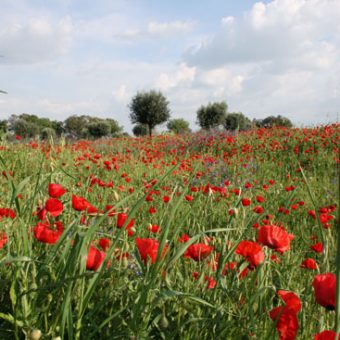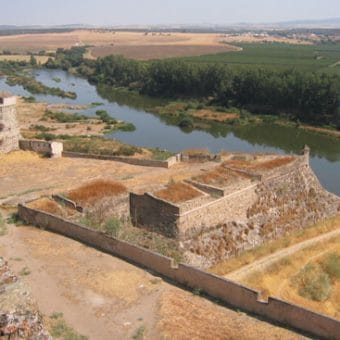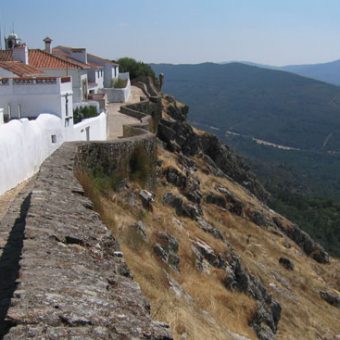Alentejo
The Alentejo is the largest department of Portugal
Discover the Alentejo
The Alentejo is the department “entre a serra e o mar”, meaning “between mountains and the see”.
The Alentejo is the largest department in Portugal with the fewest inhabitants. In this region we find a mix of atmospheres from Europe, Africa and the Middle East. The vast and especially unspoiled nature makes this region ideally suited to completely unwind.
The province is divided into two parts: the Alto Alentejo (alto = top) and the Baixo Alentejo (baixo = bottom) region. In the Alto-Alentejo you will find many white and historic towns: Évora, Serpa, Mertola and Beja. The Baixo-Alentejo is best known for the extensive coastal region, which is also protected and belongs to the “Parque Natural do sudoeste e Costa Vicentina”.
The, even in the high season, quiet and clean beaches offer many possibilities for walks, rest and exploring flora and fauna.
Agricultural area
The Alentejo is an agricultural area, covered with cork oaks, olive trees, wheat fields, viticulture and livestock (cows, pigs, sheep and goats). The highest point in the Alentejo is at 1025 m. That is the top of S. Mamede, near the village of Portalegre. Because it is an agricultural area with hardly any industry, there are many craft trades to be found. Pots are still baked here, carpets are knotted, and cork and woodworking, basket weaving and leather and tin work are done.
Flora and fauna
The Alentejo has a beautiful nature. There are many storks, which migrate from Africa to Portugal around February. They build their nests here and raise their young. Then they fly to other places in July.
But there are also other special (predatory) birds, butterflies, dragonflies and damselflies, turtles, snakes and other animals to discover. What about the Saca Rabos (Herpestes ichneumon)? An otter-like creature (actually a mongoose) that in Europe only lives on the Iberian peninsula and also lives on our estate. You will find special plants; the “Five Wounds of Christ”, wild rosemary, thyme, lavender, ferns and primeval trees, long gone in the rest of Europe. Because of the pleasant and mild climate, the mimosa and almond already start to bloom in January, in May you can see the poppies and the special succulents in the dunes.
Rivers and lakes
There is plenty of water: there are more than twenty lakes and large rivers. Yet there are few water tourists and hardly any motor boats. You will find many fishermen there. The Alqueva reservoir is an emerging water sports area. This largest reservoir on the Iberian Peninsula offers good opportunities for water trips of several days. The coast is elongated, protected and untouched. Cozy bays are still abundant here. Along the coast we find rice fields, salt production and a large dolphin area.
Hunting
There is a lot of hunting in the Alentejo and in the rest of Portugal. The hunting season runs from mid-August to the end of February. Wild boars, rabbits, partridges and other poultry are mainly hunted.
Viticulture
Surprisingly, the Alentejo has no fewer than eight high-quality producing regions (DOC). We find these in Borba – Portalegre – Redondo – Reguengas – Evora – Vidigueira – Beja – Moura. The wines from these regions are more than worth trying.
Culture
In the Alentejo you will encounter beautiful white towns and villages. The most famous of these is Évora, placed on the World Heritage List by UNESCO. The villages of Estremoz, Marvâo, Castro Verde, Mertola, Beja and Serpa are also very nice to visit.
Music
In the Alentejo you will find traditional choir singing. There are a number of well-known music festivals. A world music festival takes place in Sines at the end of July and a three-day rock festival in Zambujeira do Mar at the beginning of August.
Gastronomy
The regional gastronomy has various types of cheese, ham, honey, olive oil, pine nuts, almonds and figs. The traditional cuisine consists of pork, mutton and lamb. Delicious fish are prepared on the coast. Well-known is the stockfish, a traditional dish of the Portuguese. Many stews are made with bread and soup is an important part of the menu.
